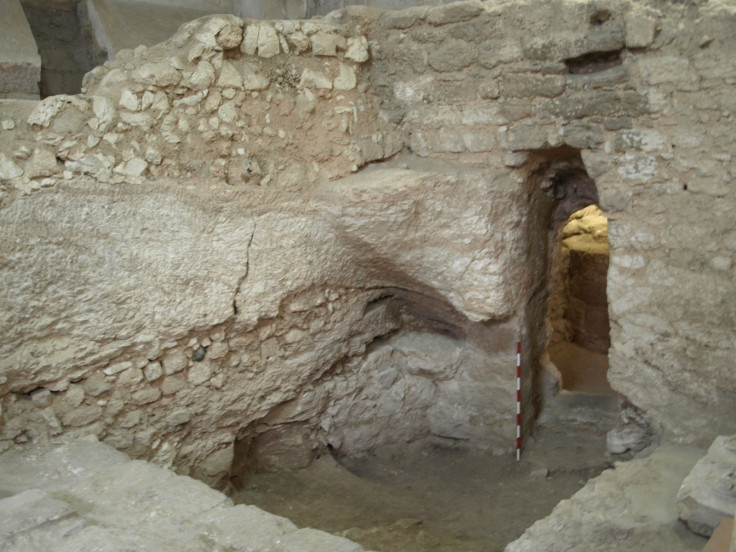Jesus Christ's house in Nazareth possibly found by British archaeologist

A house in Nazareth which dates back to the first century could have been the home of a young Jesus Christ, a British archaeologist has stated.
Dr Ken Dark has been investigating the ruins, which could be where the Son of God was raised by Mary and Joseph, since 2006 and recently published his findings in the Biblical Archaeology Review.
The former house, which is cut into a rocky hillside, is thought to have been decorated with mosaics and tributes by the Byzantine Empire, which had power in Nazareth until the seventh century - the centuries that followed Christ's death.
Dark states that there is "no good archaeological reason" to discredit this as Jesus's home, but adds that he cannot be 100% sure.
He added that the well preserved state of the house could be an indication that it is a significant location.
"Great efforts had been made to encompass the remains of this building within the vaulted cellars of both the Byzantine and Crusader churches, so that it was thereafter protected," wrote Dark.
"Both the tombs and the house were decorated with mosaics in the Byzantine period, suggesting that they were of special importance, and possibly venerated."
An ancient text called 'De Locus Sanctis' supposedly based on a pilgrimage to the Holy Land, confirms that a church was built over the house to mark the momentum. The text dates back to 670 A.D., written by abbot Adomnàn of the Scottish island monastery at Iona.

Adomnàn described a church "where once there was the house in which the Lord was nourished in his infancy", according to De Locus Sanctis.
He then describes two more churches, one of which Dark states was the Church of Annunciation.
Dark writes: "The other stood nearby and was built near a vault that also contained a spring and the remains of two tombs [One of which is believed to be Joseph's].
"Between these two tombs was the house in which Jesus was raised."
© Copyright IBTimes 2025. All rights reserved.






















